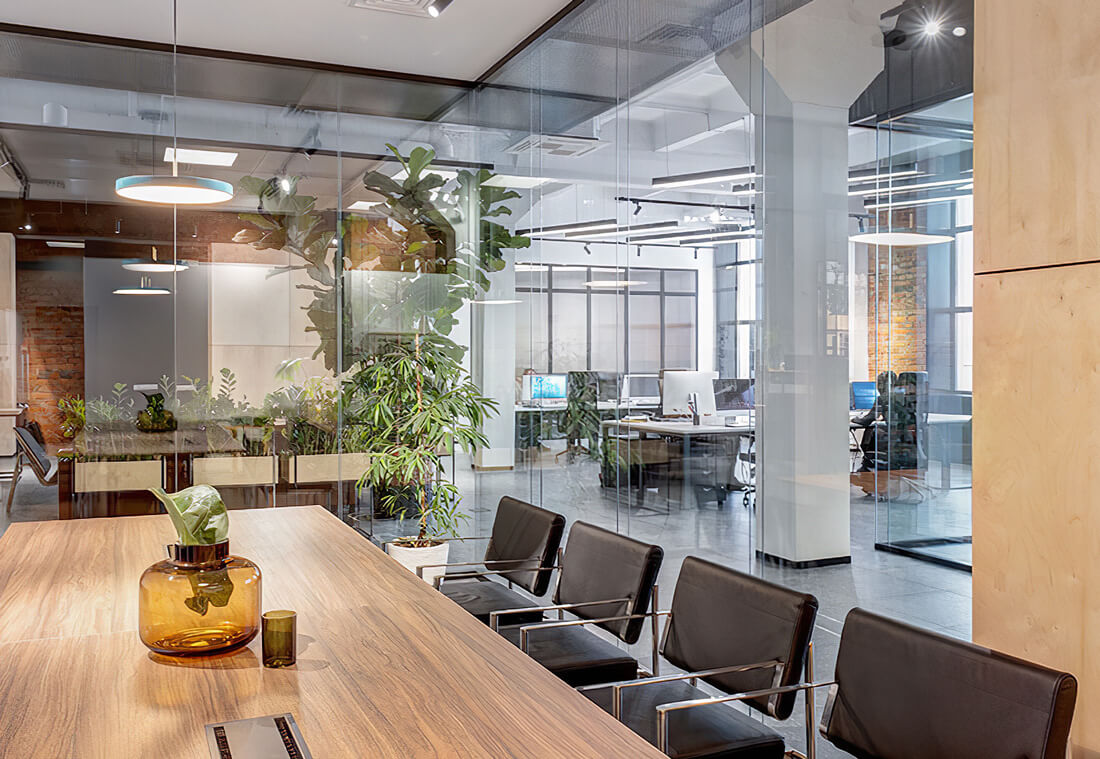
25 Aug HVAC UV Light – What It Does, How It Works & Can It Help with Covid-19?
AS THE PANDEMIC CONTINUES TO SPREAD WORLDWIDE
BUILDING OWNERS LOOK TO TIME-TESTED METHODS LIKE HVAC UV LIGHT TO CURTAIL TRANSMISSION
As fall approaches, the double whammy of an upcoming flu season converging with the ongoing Covid-19 outbreak looms large as an added threat to human health and the already fragile economy. As scientists scramble to develop a Covid-19 vaccine and researchers try to improve their understanding of the virus and how it spreads, business and real estate portfolio owners are also doing their part by investigating ways that they can promote wellness and curtail the spread of illness within their buildings. One of the illness-mitigation measures getting quite a bit of attention these days is HVAC UV light, (more accurately known as HVAC UV-C light) air sanitization.
WHAT IS HVAC UV LIGHT AIR SANITIZATION?
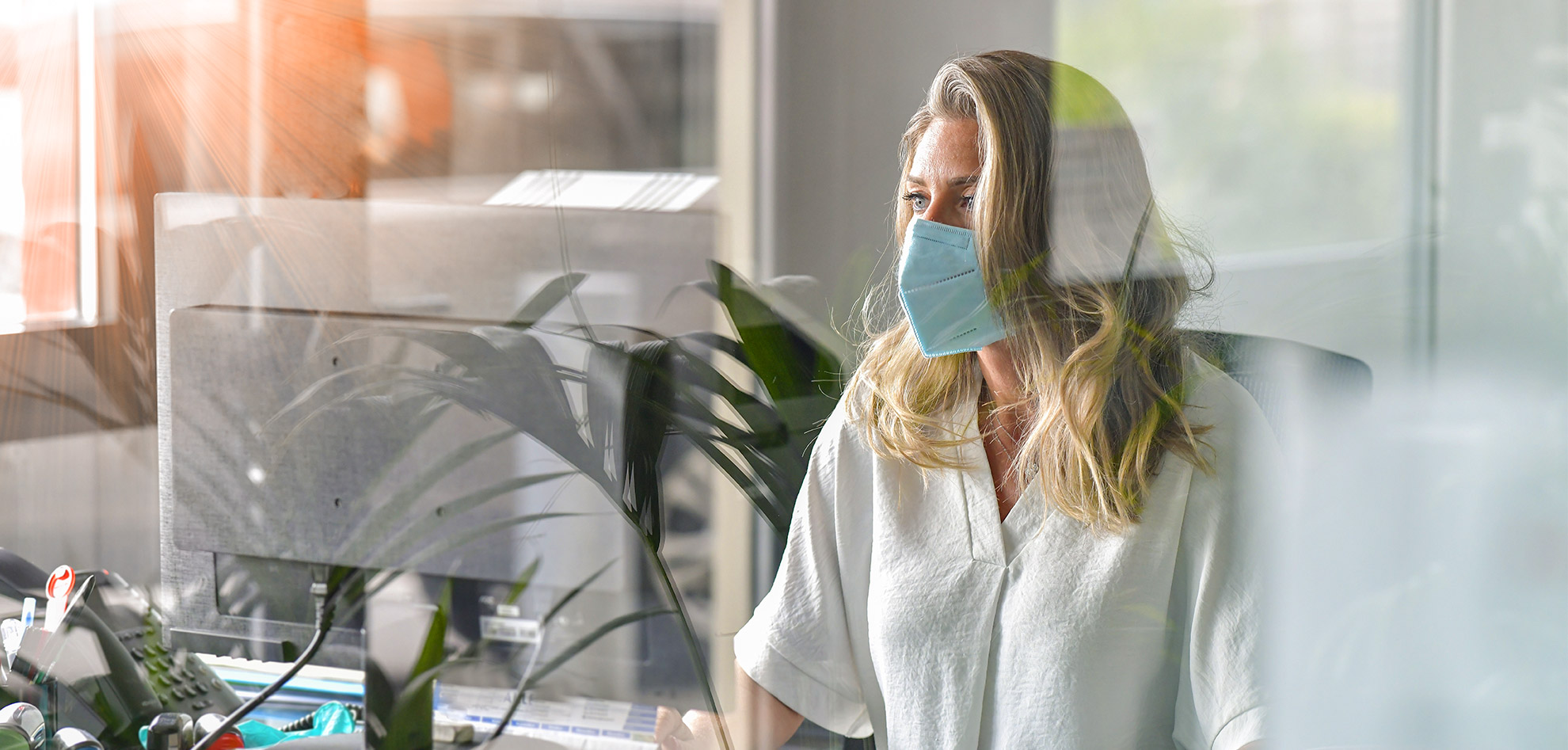
HVAC UV light, or more specifically, HVAC UV-C light air sanitization is a method for improving indoor air quality by using light waves to disable pathogens. UV-C lights have been used since the early 1900s as a disinfectant and were first used in air conditioning units in 1940. We use UV-C lights regularly today, to clean surfaces, water, and air of unwanted pathogens including viruses and molds. UV-C light works to disable pathogens by damaging their DNA, rendering them unable to replicate and eventually killing them.
HVAC UV-C lights can be used to sanitize air handler coils and drain pans (surface disinfection), as well as the air passing through the system (air disinfection). Because there is a limited amount of time that the air comes in contact with the UV-C lights positioned in the air ducts, the light intensity needs to be quite high. The process of UV-C air sanitization is referred to as “dosing,” and the light wattage required to disable pathogens is referred to as the “dose.” The dose is calculated by multiplying the light intensity (or quantity of light) by the time in which the light comes in contact with the pathogen.
That said, not all microbes and viruses are disabled at the same dose-rate. Because air is constantly moving, and the pass through of air through the UV-C happens quickly, there is a likelihood that the microbes will not be completely disabled on the first pass. For example, a mold spore is a larger particle requiring longer exposure, while some viruses and bacteria have been found to become disabled after a single pass. This is why UV-C air sanitization installed in the HVAC is ongoing. Air is continually circulating through the system, putting the offending microbes in contact with the sanitation lights over and over again. The UV-C cleans the air 24/7/365 ensuring if the pathogen isn’t disabled on the first pass, it will likely be disabled on the second or third.
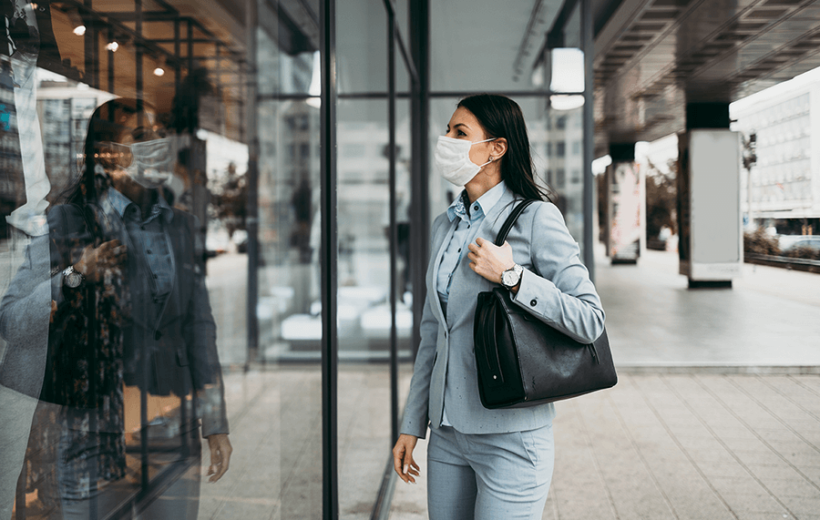
UV LIGHT BASICS
“UV light” refers to shorter light waves (categorized as UV-A, UV-B, and UV-C ) that are invisible to the human eye and have a wavelength of between 100 to 300 nanometers. “UV-C light,” refers to light within that range that has a wavelength of between 200 and 280 nanometers. What we’re concerned with in this article is light with a wavelength in the area of 240 to 280 nanometers, with 260-265 nanometers being the optimal wavelength range in which germicidal air and surface sanitation occurs.
The CDC reports that UV-C light is quite effective in disabling bacteria and viruses, and historically this disinfection method has been used to combat everything from viruses including measles, chickenpox, hepatitis and influenza to bacteria including tuberculosis, staph and strep. Recent studies have also concluded that UV-C light is effective against SARS-CoV-2, the viral strain responsible for the current COVID-19 pandemic.
NOTE: Not all UV lights are created equal. That is why it is important to consult with an HVAC and LED lighting specialist to be sure the system is benefiting from the correct type of UV LED lighting, positioned in the right place for maximum effectiveness. If you already have UV lights installed in your HVAC system, be sure to check their dosing capacity to be sure they fall within the range that is useful for virus mitigation. Additionally, as it is lethal to organic pathogens, UV-C light is also quite dangerous to humans. Germicidal light is not meant to be used in areas where people can become directly exposed.
WILL HVAC UV-C AIR SANITIZATION HELP WITH COVID-19?
The short answer to this, at the time of this publication, is that the jury is still out – the medical community simply does not know yet. The World Health Organization currently recognizes the primary transmission method as being direct or indirect contact with infected droplets from a symptomatic or asymptomatic person’s nose or mouth; however, they also acknowledge the need for further study into the possibility of airborne transmission, noting that:
There have been reported outbreaks of COVID-19 in some closed settings, such as restaurants, nightclubs, places of worship or places of work where people may be shouting, talking, or singing. In these outbreaks, aerosol transmission, particularly in these indoor locations where there are crowded and inadequately ventilated spaces where infected persons spend long periods of time with others, cannot be ruled out. More studies are urgently needed to investigate such instances and assess their significance for transmission of COVID-19.

In fact, many members of the global health community believe there is a probability of airborne transmissions, although further study is necessary to confirm their hypothesis. A recent article appearing on the United States National Institute of Health website states:
…Transmission mechanisms are not fully understood and there is evidence for an airborne route to be considered, as the virus remains viable in aerosols for at least 3 h and that mask usage was the best intervention to prevent infection.
Heating, Ventilation and Air Conditioning Systems (HVAC) are used as a primary infection disease control measure. However, if not correctly used, they may contribute to the transmission/spreading of airborne diseases as proposed in the past for SARS.
The authors believe that airborne transmission is possible and that HVAC systems when not adequately used may contribute to the transmission of the virus, as suggested by descriptions from Japan, Germany, and the Diamond Princess Cruise Ship. Previous SARS outbreaks reported at Amoy Gardens, Emergency Rooms and Hotels, also suggested an airborne transmission. Further studies are warranted to confirm our hypotheses but the assumption of such way of transmission would cause a major shift in measures recommended to prevent infection such as the disseminated use of masks and structural changes to hospital and other facilities with HVAC systems.
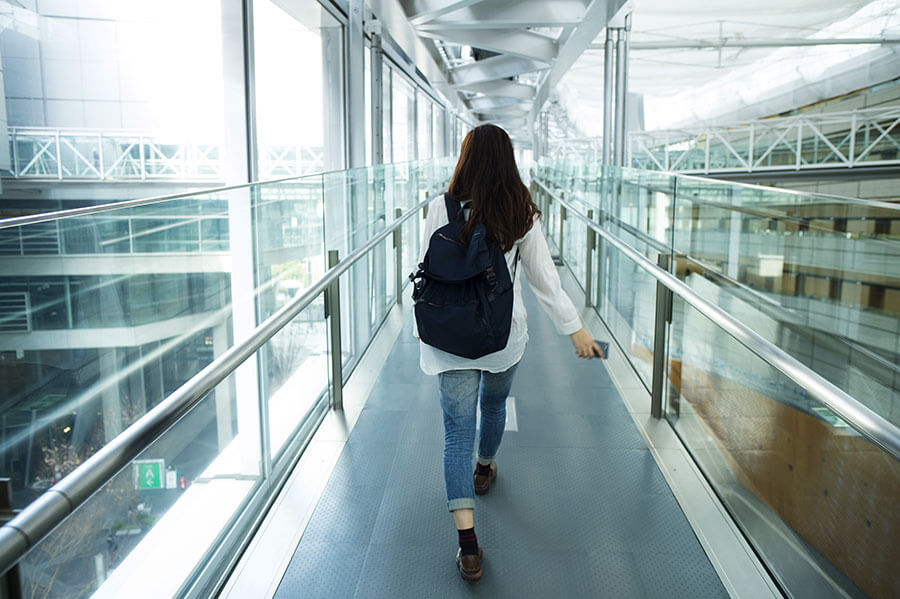
COULD HVAC UV LIGHT RETROFITS BE REQUIRED IN THE FUTURE?
While the scientific community has yet to definitively answer the question of whether Covid-19 is airborne, one thing is certain, the global pandemic has thrown life as usual into a tailspin, and this should be incentive enough to retrofit buildings to improve indoor air quality as much as possible. As we head into fall, and a time of year when more activity will be conducted indoors, the mitigation of airborne illness spread – not just for Covid-19 –but for influenza and bacterial infections such as strep should be a top priority, not only to avoid overtaxing the nation’s already overburdened health system, but also to prepare for whatever else may be coming down the pike.
The odds that this pandemic will be the last of its kind are quite slim, which means that the efforts that building owners take now to improve their indoor environments will likely have long-term benefits well into the future. It is yet to be determined if building codes will change to make HVAC UV-C light sanitation mandatory for all commercial buildings, but even without a code update, to remain competitive and to combat tenant attrition, building owners need to do everything they can to ensure the wellness of their occupants. As we move into fall and winter, UV-C for HVAC is an investment in building safety and occupant wellness that has the capacity to contribute to the overall health of our nation and our economy, while protecting our most vulnerable populations, and preparing our infrastructure for future health threats.
Watch the Video:
HVAC UV-C Light Air Sanitization, Explained
IoENERGY IS NATIONALLY POSITIONED TO HELP RETROFIT:
Building Portfolios
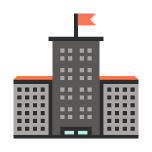
Campuses
Shopping Centers

Manufacturing Centers
Commercial Buildings
We are building systems experts, with experience retrofitting HVAC systems from all of the most widely used commercial brands. Let us evaluate your building systems and outline a plan for implementation that is best suited to your needs.


